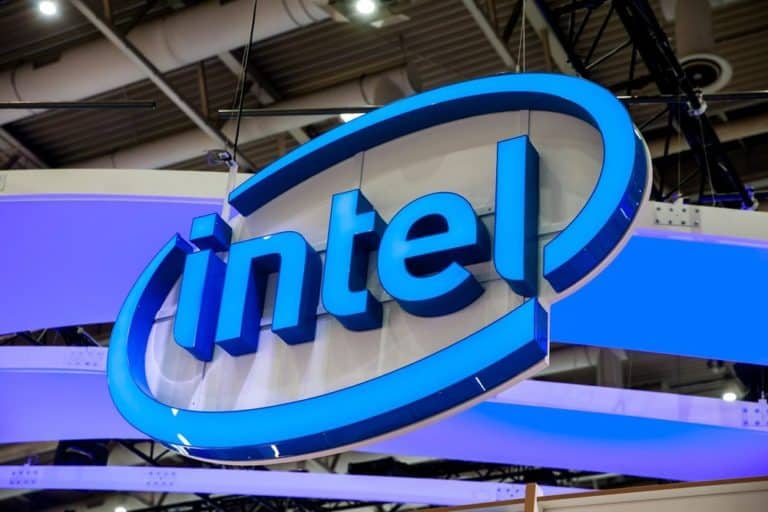The chipmaker promises an advanced “Sierra Forest” CPU that will support cloud-native deployments.
Intel this week announced it’s developing an ultra-efficient CPU, code-named Sierra Forest, to support cloud-native deployments. This new Efficient-core (E-core) Xeon will deliver performance per-watt efficiency and high density to meet the needs of Intel’s hyperscale customers, the company said. The chip will arrive in 2024. The comments came as Intel laid out its plans for the data center during its 2022 Investor Day.
Sierra Forest is the first of Intel’s planned E-core products. The company plans to develop these new chips alongside Performance-core (P-core) Xeon. The company said all future generations of Xeon will have a new dual-track roadmap of Performance and Efficient-core based products. They are thus moving from two optimized platforms into one common, industry defining platform.
Dual track development of P-Core and E-Core
“Today we’re giving the world a clear view of our industry-leading Xeon roadmap, which will fuel our growth and leadership through 2024 and beyond,” said Sandra Rivera, executive vice president and general manager of the Datacenter and AI Group at Intel. “This diversified product portfolio has been developed in tight partnership with our customers, based on their diverse needs, aligned to their timelines and designed to fuel even more innovations with their developer ecosystems.”
This new path will maximize performance-per-watt, segment features and Intel’s overall competitiveness within the industry. Intel reinforced its compatibility with the vast Xeon platform ecosystem that exists today. It also stressed the benefits that customers will get from a single investment.
Intel said it has shipped nearly two million units 3rd Gen Xeon processors to customers around the globe. This includes more than one million in the fourth quarter of 2021 alone.
The new E-cores will help hyperscale customers more efficiently power latency-tolerant workloads that are mostly task parallel in nature. For example, front-end web services or data analytics. They’ll get higher density at the socket and rack level as well. They can also have multiple E-cores fitting into the physical space taken up by one P-core.
